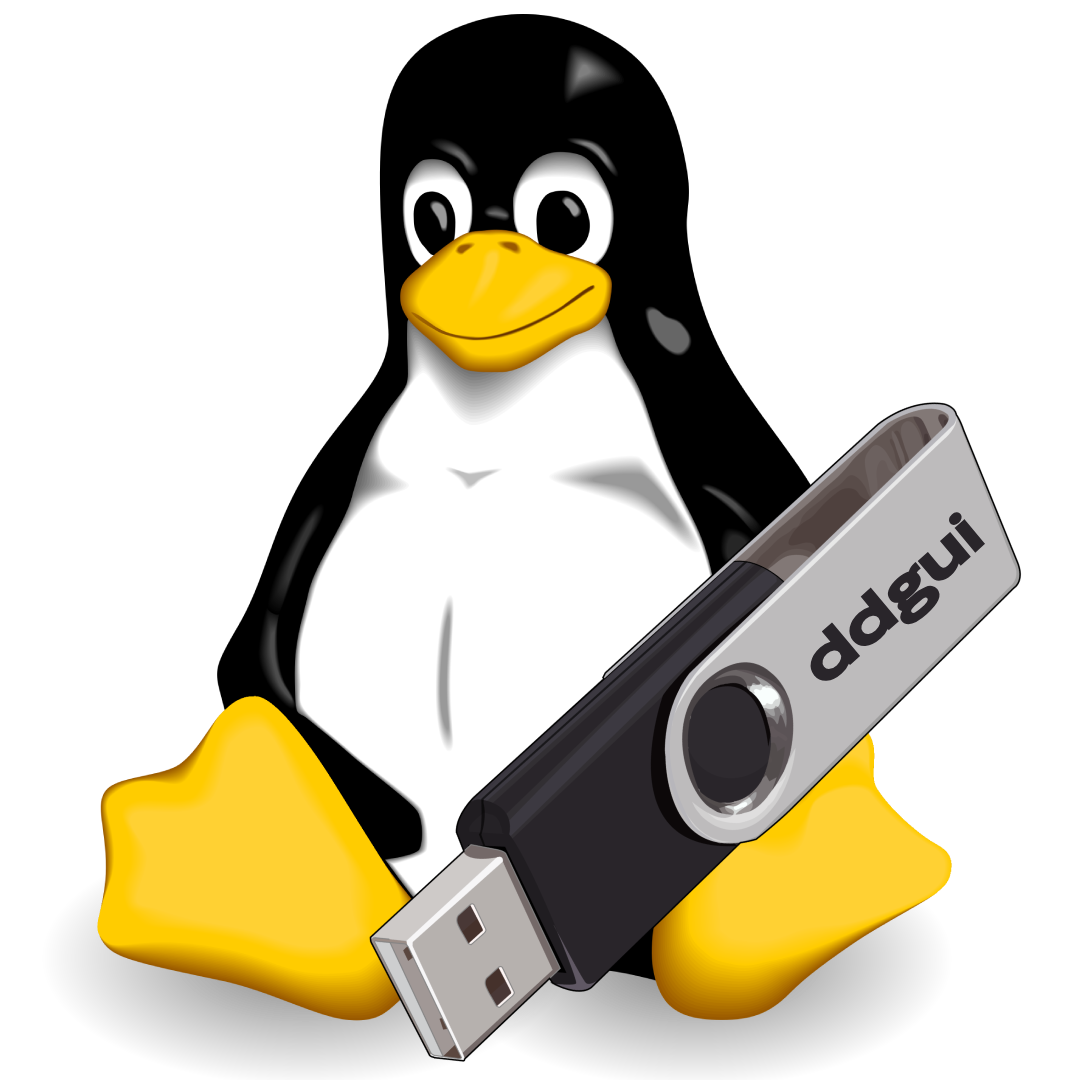Creating a bootable USB flash drive from an ISO file
Published at Nov 19, 2024

If you want to test out new Linux distros or just install a new OS on another computer, you’ll often have to create a bootable USB drive with an ISO image of the system. In this article we’ll learn to write ISOs to USB drives using ddgui, a GUI frontend for dd.
Dependencies
ddgui depends on Rust and cargo. On an Arch based distribution (such as Manjaro, Arch Linux), you can install them using Pacman:
sudo pacman -S rustThis will install the rustc compiler and Cargo.
Installing
First, let’s clone the repository and go the ddgui directory:
git clone https://github.com/miguelnto/ddgui
cd ddguiNow let’s compile and install the program:
sudo make installUsage
Invoke the program from the command line as root:
sudo ddguiWhen you open the program, you should see something like this:

Select the ISO and the device where you want to write the ISO, then click Start.

After the process is finished, if no error occurs, it will show “Process finished sucessfully” on the screen. The USB drive is now bootable and you can proceed booting into the system.
Happy hacking!
If this article has helped you in any way, consider supporting this blog. Feel free to contact me as well.